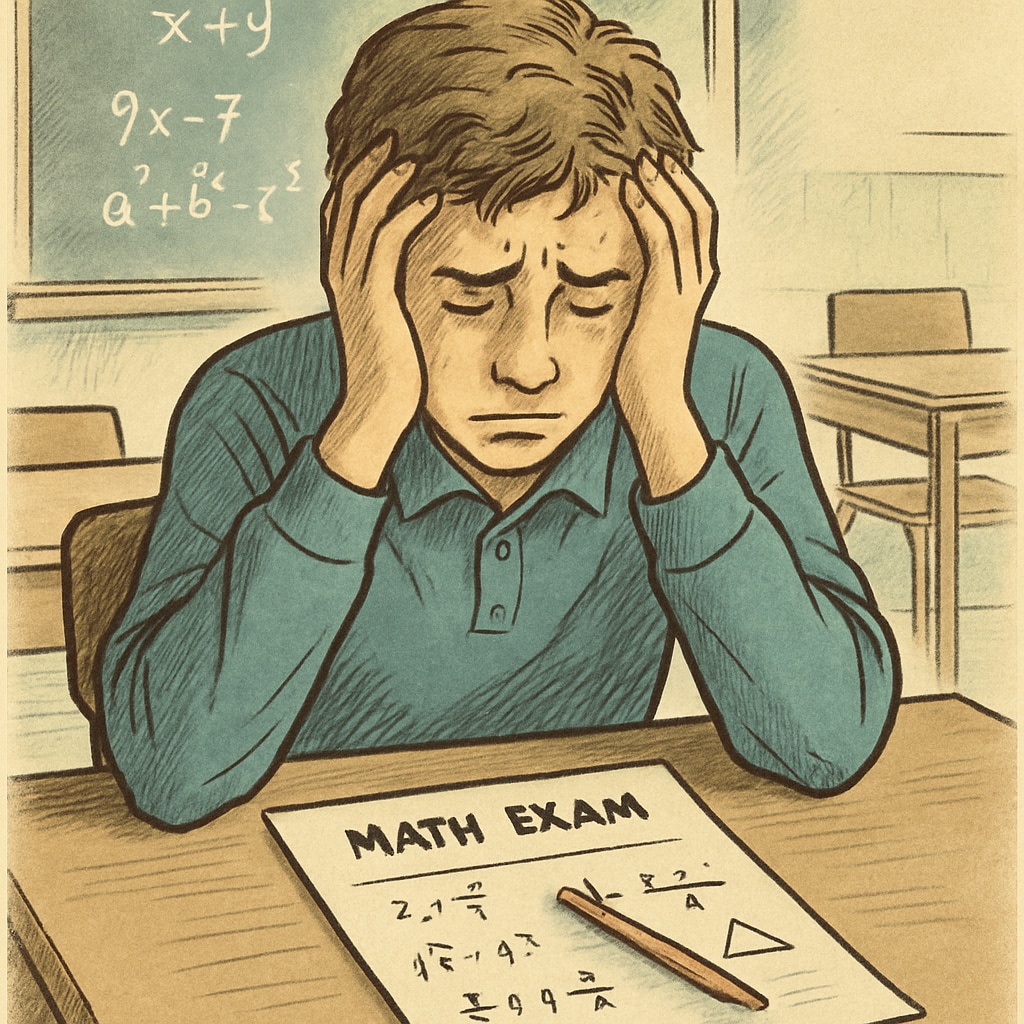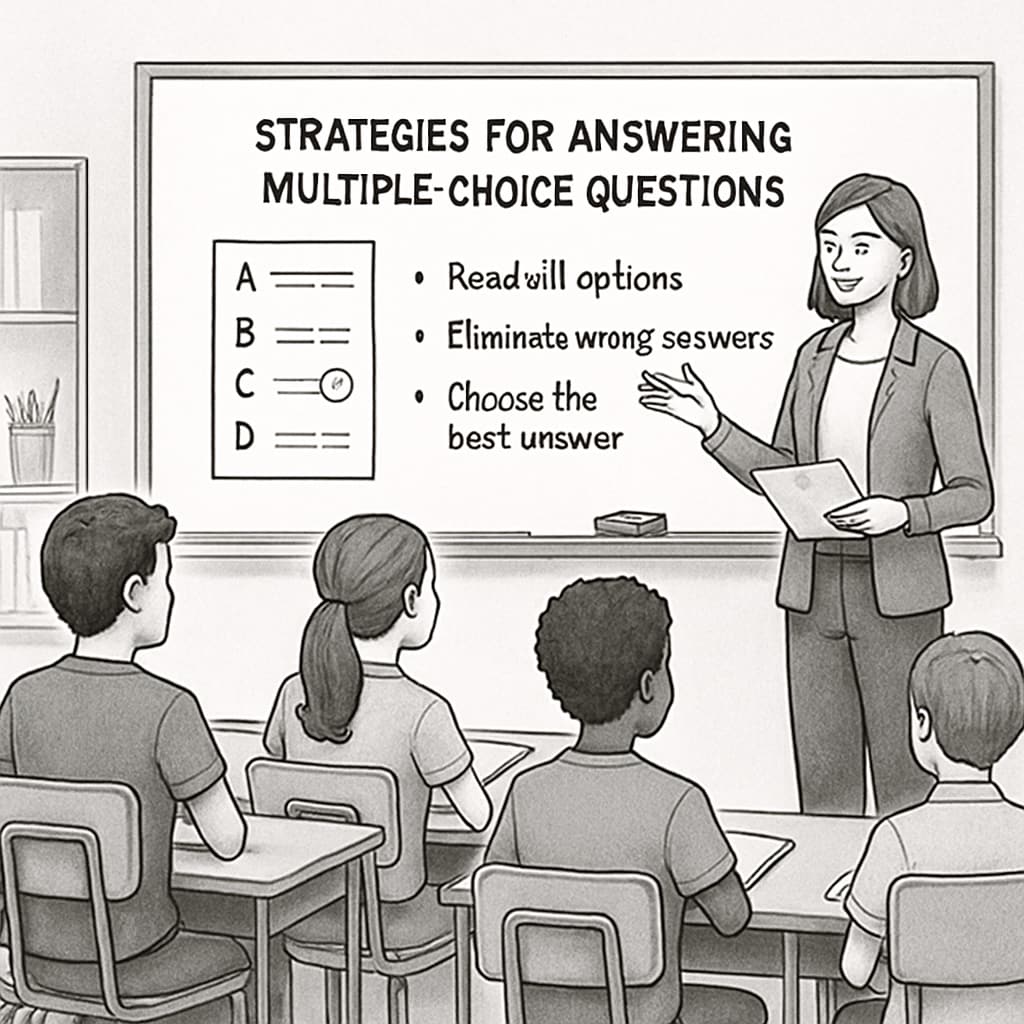Math anxiety, test pressure, and the specific challenges posed by multiple-choice questions are common hurdles for many students. These psychological barriers can make math exams feel insurmountable, even for those who have adequately prepared. Fortunately, understanding the root causes of these issues and adopting targeted strategies can help students regain confidence and perform at their best.
Understanding the Roots of Math Anxiety
Math anxiety is a psychological phenomenon where individuals experience intense fear or stress in situations involving mathematical tasks. This anxiety is often triggered by past negative experiences, societal stereotypes, or a lack of foundational understanding in math. These factors can lead to a self-reinforcing cycle where fear of failure undermines performance, further eroding confidence.
Test pressure exacerbates this issue, particularly in high-stakes environments. Multiple-choice questions, though seemingly straightforward, can amplify anxiety. The fear of choosing the wrong answer or second-guessing oneself often leads to overthinking and time mismanagement. This combination of factors creates a perfect storm for students struggling with math anxiety.

Breaking Down Barriers in Multiple-Choice Questions
Multiple-choice questions (MCQs) have unique challenges. Students may find themselves confused by distractors (incorrect but plausible answers), misinterpret question wording, or feel paralyzed by the ticking clock. These issues are particularly pronounced for those with math anxiety. However, by adopting specific strategies, students can navigate MCQs more effectively:
- Understand the Question: Take time to carefully read the question and underline key details. This reduces the likelihood of misinterpretation.
- Eliminate Wrong Answers: Narrowing down options increases the probability of selecting the correct answer, even if guessing is necessary.
- Don’t Dwell Too Long: If stuck, mark the question and move on. Return to it later with a fresh perspective.
- Trust Your Instincts: Often, your first choice is correct unless you have clear evidence to change it.
In addition, practicing with sample MCQs under timed conditions can build familiarity and reduce exam-day anxiety.

Practical Techniques to Overcome Math Anxiety
Addressing math anxiety requires a combination of psychological and practical approaches. Here are some proven techniques:
- Mindfulness and Relaxation: Deep breathing exercises, mindfulness, and visualization can calm the mind. For example, before beginning the test, take a moment to visualize success.
- Positive Self-Talk: Replace negative thoughts like “I’m terrible at math” with affirmations such as “I am prepared and capable.”
- Focus on Understanding: Building a strong foundation in math concepts reduces anxiety. Seek help from teachers or tutors if needed.
- Simulate Test Conditions: Practice under exam-like conditions to desensitize yourself to the pressure.
- Celebrate Progress: Acknowledge small successes, such as correctly solving a challenging problem, to build confidence over time.
By integrating these techniques into daily routines, students can gradually diminish their math anxiety and approach exams with a more positive mindset.
Building Long-Term Confidence in Math
Overcoming math anxiety is not just about excelling in one test; it’s about fostering a lifelong positive relationship with math. This involves shifting perspectives, recognizing the value of mistakes as learning opportunities, and understanding that math skills, like any other, can be developed with practice and patience.
Parents and educators play a crucial role in this process. Encouraging a growth mindset, providing constructive feedback, and creating a supportive learning environment can make a significant difference. Students should be reminded that the goal is progress, not perfection.
In conclusion, while math anxiety and test pressure can feel overwhelming, they are not insurmountable. By understanding the underlying causes and adopting practical strategies, students can break free from the psychological barriers of multiple-choice questions and rebuild their confidence in math.
For further reading on the topic of math anxiety, visit Math Anxiety on Wikipedia or explore Anxiety on Britannica.
Readability guidance: Short paragraphs and lists summarize key points effectively. Active voice and transition words enhance clarity. Images are used to visually support the content.


